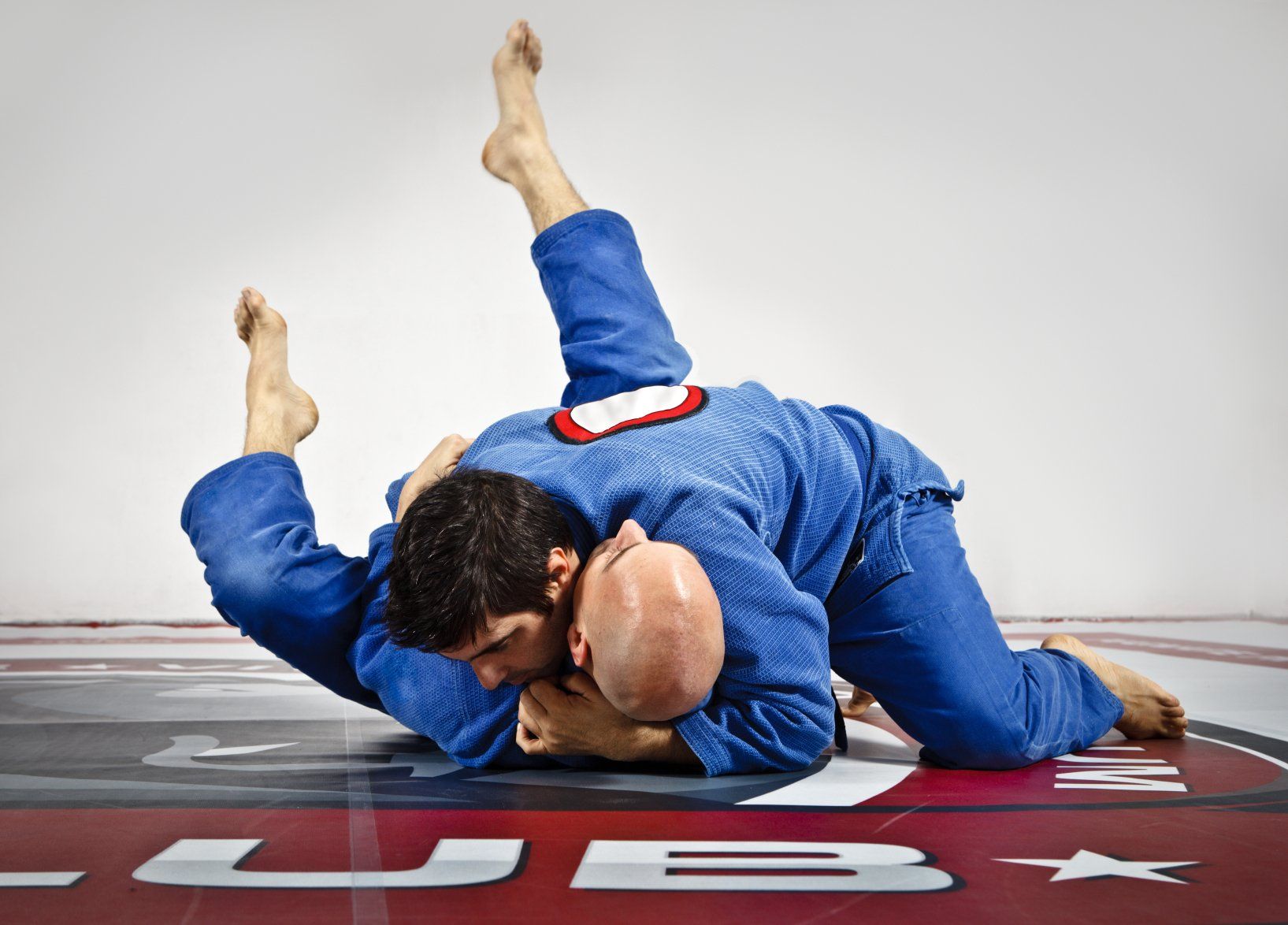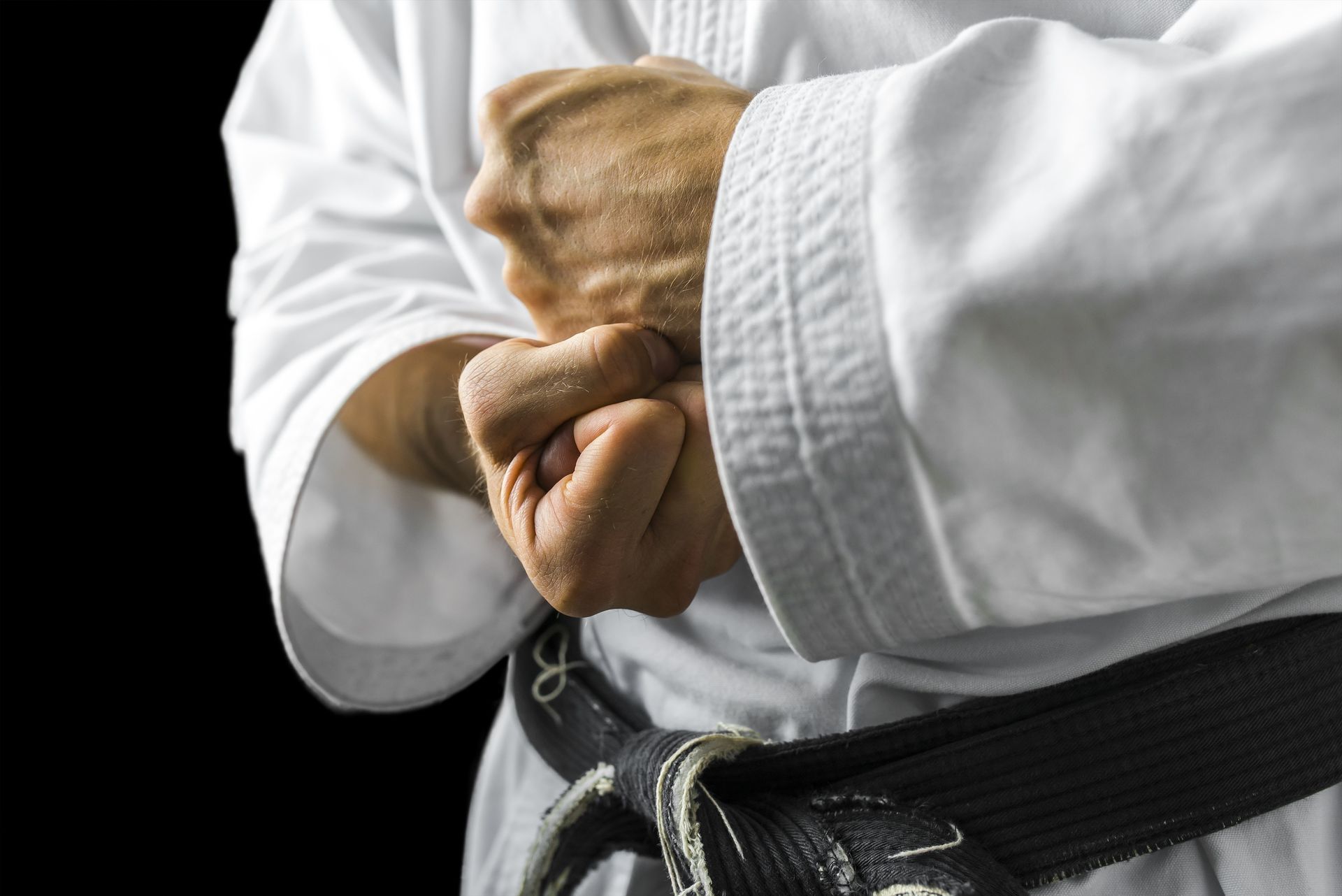Only Running, Shouting, and Compliance
Should violence be ignored as an option in teaching martial arts and self defence?

I recently saw a traditional karate school comment on Amir Khan's mugging in London that it was why they only taught running, shouting, or compliance.
The reasoning, I think, is that because an athlete as skilled as Amir Khan could be mugged, anyone can, and therefore ought not to be taught to defend themselves? I'm not sure I follow the reasoning.
I would, however, like to break down these 3 courses of action as responses to being confronted with a violent (and in this situation armed) aggressor.
Running
Amir Khan's attacker was armed with a gun, and being in London could easily have been armed with a knife. Gun and knife crime is not uncommon in the capital, with children from 14 up routinely carrying knives. Granted the large majority of crime carried out with these weapons is inter-gang crime, but a significant portion of it will also consist of muggings and armed robbery/burglary.
Against a single opponent, unarmed, in a relatively open space, escape (not just running, but focussed escape) is a viable strategy, however this is not the situation Mr. Khan was in. He was out with his wife, blocked in by a vehicle with a shop frontage on the other side. Even if he had run away, what is to say no harm would have come to his wife. His attackers were armed with a gun, and who is to say they would not have decided his £72,000 watch (not to mention anything else he was carrying on himself) was worth shooting him for as he turned to run?
Add to this that criminals are not always in a rational state of mind, running from the confrontation may have caused a chase, which may have caused the employment of a greater level of violence in retaliation, which could have led to serious injury or death.
Escape is absolutely a viable strategy, but this must always be facilitated in some manner, and even true escape efforts which go above running away are not always appropriate to the situation. Teaching someone to run when confronted with a weapon is a lazy way to teach how to deal with the situation.
Shouting
A rational criminal (see the above point about not all of them being rational) has a single goal - to commit the crime he is engaged in as quickly as possible with as little chance of getting caught as possible.
To this end, it might seem like shouting for help is a viable strategy - and it may well be. While the research on the bystander effect is complex and varied, it does show that individuals are often likely to step in to assist in a confrontation, however this can vary in likelihood depending on the severity of the situation, and the number of bystanders present. And in a situation with no-one readily available to help, a criminal who wishes to get done and away as quickly as possible may simply decide to shut you up if you start making a fuss, and shouting when there's no one else around may do more to antagonise them than it does to resolve the issue safely.
Furthermore, by not teaching physical intervention skills, and relying only on running or the possibility of a good Samaritan joining in (a situation which, in the UK at least, I would posit is less likely with a firearm involved) following a shout for help, breeds in students an inherent helplessness and lack of self-reliance which if iterated upon could lead to repeat victimisation.
Shouting for help is certainly not to be universally discouraged in a self-protection program, but it must be acknowledged that direct intervention may then become a requirement sooner rather than later.
Compliance
This point I agree with, but again with caveats. If it is possible to de-escalate a situation by complying with a criminals demands then this is a perfectly responsible route to take. This is especially true for non-violent crimes and non-sexual crimes: your phone is not worth your life, bank cards can be cancelled, and while it can be a wrench to lose items with sentimental value they are still only property, and more replaceable than your life.
The issue arises of course when we start to look at the violent and sexual crimes mentioned above. In these situations what the criminal takes from you may be worth more than your life - or may in fact be your life. It is wholly unreasonable to train women to comply with violent rapists, or vulnerable people such as children to comply with abusers, or even young men to comply with the desire of the drunk at the bar to wrap a glass around your face.
In situations where escape (again, not just running away) and shouting for help are not viable methods of removing yourself from the situation, compliance is not the only course of action remaining - the appropriate use of violence must be an avenue open to people who care about their self-protection.
Conclusion
I recently had a comment removed by Facebook's censors. Someone had commented on the story of Mike Tyson getting in a physical altercation on a plane with words to the effect of "Attacking someone for what they say is never justified.'' My comment that if someone was telling you they were about to stab you to death, violence on your part was, probably, justified.
And this is the same point I'm trying to make here. Violence is, sometimes, the answer. If you as a martial arts club which professes to teach self-defence claim to only teach "running, shouting and compliance,'' what you're actually doing is failing to teach self-defence/self-protection.
Yes, we should always endeavour to de-escalate, escape, or in some other way resolve the issue non-violently, but if that fails we must have the violence skills - trained and practiced in context against resistance - to fall back on, otherwise we are simply unable to protect ourselves, and not in fact the exalted "rise above violence" types we might think ourselves to be.










